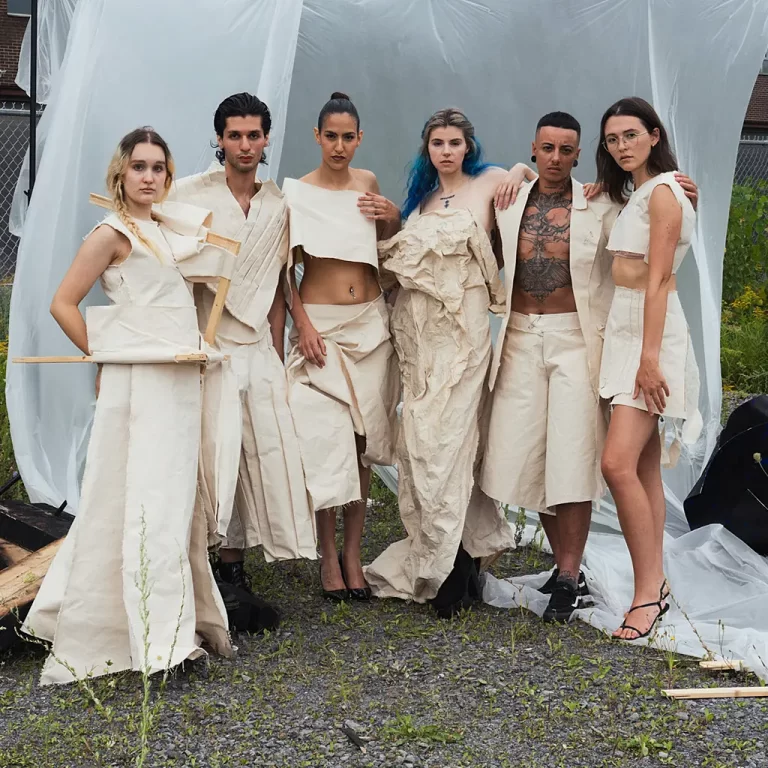In an effort to bring rainbow-coloured positivity (“It’s Going to Be OK”) to an otherwise chilling start to spring 2020, tie-dye casual looks took our TikTok feeds by storm in the stay-at-home, work-from-home era.
Contrary to what most of us believe (yes, that included me before research for this article!), tie-dye clothing was not invented by Janis Joplin in the patchouli-scented Flower Power San Francisco of the sixties.
Dipping in the History of Fashion
The earliest examples of swirls of colour printed on fabric originate in China and Japan, as far back as the 6th century. How’s that for a throwback? Indonesia is also the birthplace of dyeing fabric in a similar way, combined with batik which uses wax to create motifs on textiles. Ikat, from India, is another method of dyeing cloth in abstract patterns before it is woven.
In the Western hemisphere, tie-dye has been characterized by the use of bright, saturated primary colours and bold patterns, since its peak popularity in the hippie-tinted years. Originally, the idea for tie-dye came from an anti-establishment viewpoint to create a unique handmade piece of clothing using a proletarian cotton T-shirt, elastics, hot water, and the magic powers of Tintex fabric dye, which was commonly available in most supermarkets in North America.
So much for dipping into the history of fashion.
When Covid hit, we were all looking for ways to fill our days with purpose. Some feverishly started baking dozens of loaves of bread every week. Others picked up the guitar for Zoom lessons. While the style conscious started dabbling in fashion design. Tie-dyeing in lockdown became a thing: “Hey, I made this myself!”
Add to that the irresistible appeal of the Instagram rainbow and ombré esthetic, and all the ingredients were there to create the perfect instant fashion fixation.

Market Saturation
After the first cohort of tie-dye sweatsuits started rolling out on the virtual catwalk of social media last year, the focus on the ombré random pattern intensified immediately. The two key words about this new trend being comfort (check!) and colour (check!). And now, a quick survey of Zara, H&M and other fast-fashion retailers reveals hundreds of tie-dye items instantly available online. Light years away from the handmade, anti-establishment ethos of that first batch of humble tie-dye T-shirts. But is it really the same thing now? Hmmm…
In this era when the bulk of these sought-after, trendy goods are made in offshore factories – in some questionable conditions –, did we lose the essence of what tie-dye was, originally? In 60s North America, the print saw a huge surge in popularity because it was an inexpensive and easy way to express personal creativity in a free-spirited style.
It’s difficult to say Covid had the equivalent impact.

Cycle of Trends Intensifies
Will the tie-dye trend go the same way as the reverse mermaid sequin, another must-have fabric from just a few seasons ago that quickly trickled down to Dollarama, and is now perceived as a cheap – perhaps juvenile — thrill?
Levi’s, the iconic American manufacturer of denim for over 100 years, has just launched the “Buy Better, Wear Longer” Campaign, to encourage sustainable fashion production practises. “Fashion production and consumption have reached unsustainable levels: between 2000 and 2020, global clothing consumption doubled. And while we have more items in our wardrobes, we’re wearing what we have less often and throwing out our clothes too quickly, keeping clothing for almost half as long as we did 15 years ago,” the brand states in its press release.
The cycle of trends has become disturbingly quick, with a dizzying turnaround time from must-have to trash.
It’s frightening to think of the mountains of tie-dye that will end up in the bins at Renaissance, Value Village and other thrift shop emporiums in the next year. But fashion doesn’t need to be fast. Or disposable. Just ask anyone who is a true lover of craftsmanship how they feel about discovering a couture gem signed Dior or Hermès at a vintage shop. Yes, it is entirely possible to find a diamond of that calibre during a dumpster dive. Just add a tub of Oxy Clean and you’re all set!





